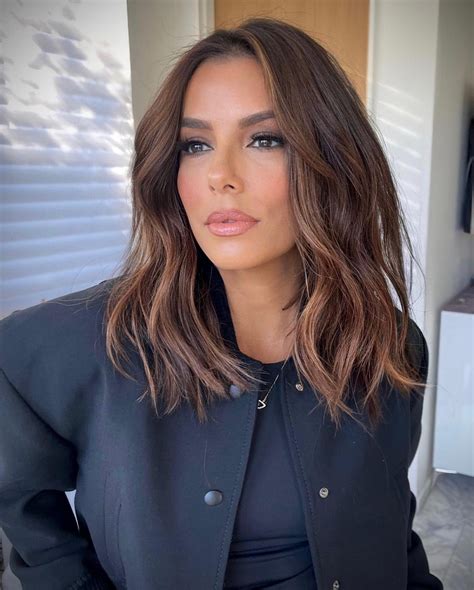Skip to content

Bangs for Every Face Shape
- Oval: Side-swept bangs, curtain bangs, wispy bangs
- Round: Long, layered bangs, side-bangs, blunt bangs
- Square: Angled bangs, feathered bangs, choppy bangs
- Heart: Wispy bangs, side-swept bangs, full bangs
- Oblong: Heavy bangs, blunt bangs, short bangs
Long, Light Bangs
- Curtain Bangs: Part down the middle and create soft, sweeping bangs that frame the face.
- Side-Swept Bangs: Sweep one side of your hair to the other, creating a long, angled bang.
- Full Bangs: Create a thick, straight bang that covers the entire forehead.
Short, Light Bangs
- Blunt Bangs: Create a straight, heavy bang that falls just above the eyebrows.
- Choppy Bangs: Cut your bangs in uneven layers to create a textured, edgy look.
- Wispy Bangs: Create thin, see-through bangs that add a touch of texture and lightness.
Layered Bangs
- Long, Layered Bangs: Create bangs that are shorter in the front and longer in the back, creating a soft, blended look.
- Side-Swept, Layered Bangs: Sweep your bangs to one side and add layers to enhance volume and movement.
- Feathered Bangs: Cut your bangs in long, soft layers to create a feathered, airy effect.
Bangs for Different Hair Types
- Fine Hair: Light, wispy bangs add volume and texture.
- Thick Hair: Heavy, blunt bangs can help balance out the weight of thick hair.
- Curly Hair: Curly bangs can be styled with mousse or gel to define curls.
- Wavy Hair: Layered bangs can enhance waves and create a more polished look.
Benefits of Light Hair Bangs
- Versatile: Can be styled in a variety of ways to suit different face shapes and hair types.
- Flattering: Frames the face and accentuates facial features.
- Easy to Style: Can be air-dried or styled with a blow dryer for a variety of looks.
- Low Maintenance: Do not require regular trims or special treatments.
Common Mistakes to Avoid
- Cutting Bangs Too Short: Bangs that are too short can be difficult to style and may not be suitable for all face shapes.
- Not Blending Bangs: Bangs should be blended into the rest of the hair to create a seamless transition.
- Overusing Product: Avoid using too much product on bangs, as this can weigh them down and make them look greasy.
- Not Taking Face Shape Into Account: Choose bangs that complement your face shape to enhance your features.
FAQs
- How often should I trim my bangs?
- Every 3-4 weeks for a fresh, polished look.
- Can I cut my own bangs?
- Not recommended, as it can be difficult to achieve a professional-looking result.
- What is the best way to style bangs?
- Use a blow dryer on low heat and a round brush to create volume and shape.
- Can I wear bangs with long hair?
- Yes, bangs can add texture and interest to long hairstyles.
- What is the difference between curtain bangs and side-swept bangs?
- Curtain bangs are parted down the middle and swept to the sides, while side-swept bangs are swept from one side of the head to the other.
- What is the best way to avoid split ends in bangs?
- Use a serum or leave-in conditioner to seal in moisture and prevent breakage.
